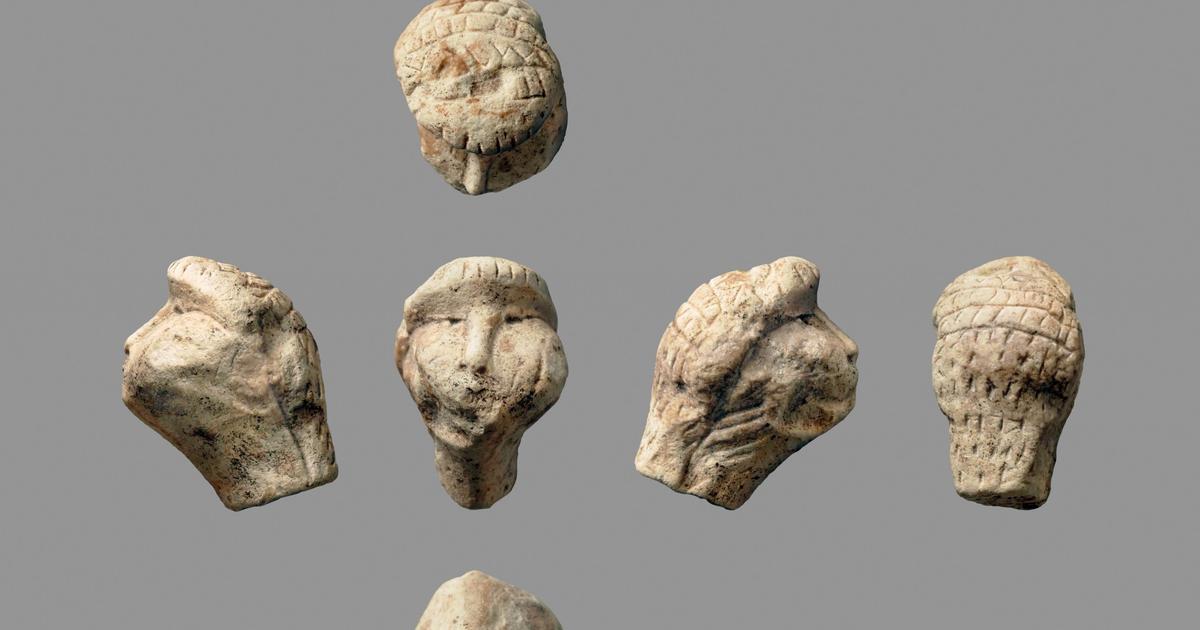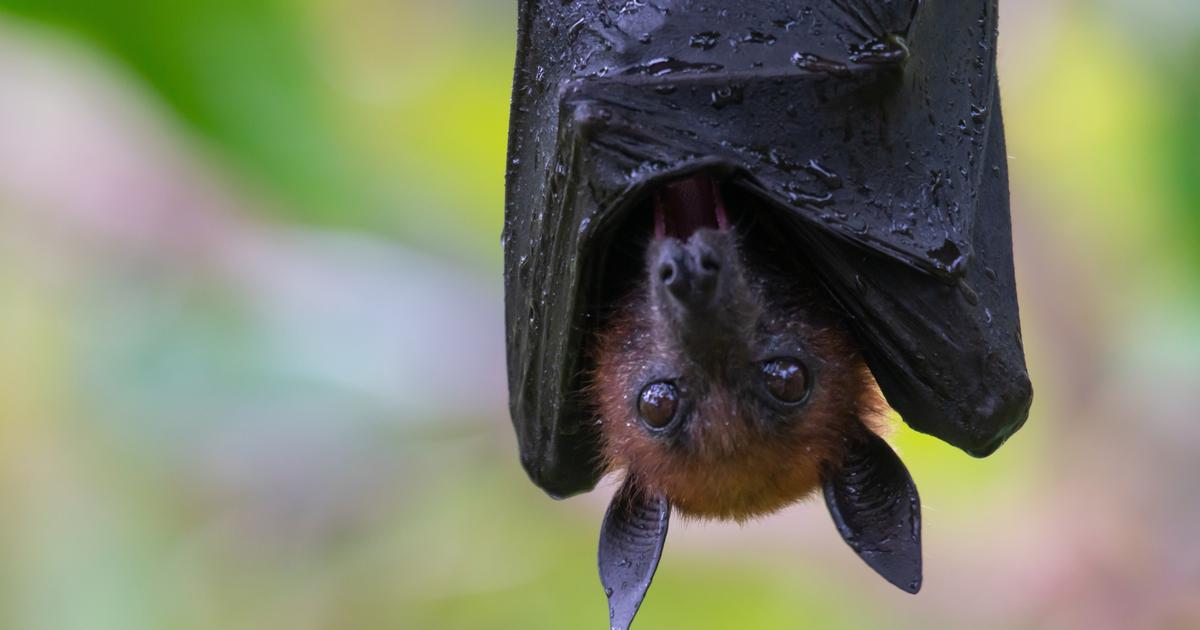The co-director of Atapuerca, Juan Luis Arsuaga, has just participated in a discovery for which he calls for a bit of imagination;
and then each one draw their own conclusions from it.
The story begins like this: about 70,000 years ago, in a cave in the Lozoya Valley —north of Madrid— Neanderthals deposited the skulls and horns of huge animals: bison, wild bulls, deer, rhinos.
They took out their brains, to eat them, taking care not to damage the antlers. They took the remains to the cave, lit a small fire and then covered them with stone slabs.
Up to 35 heads have been found on a ground level two meters deep, meaning this was a tradition that went on for “years, decades, centuries, even millennia.”
According to Arsuaga, nothing like this has been found anywhere else in the world.
In his opinion, this is one of the best evidence to date that Neanderthals had a complex mind capable of handling symbols and performing "ceremonies" around the skulls of fearsome animals.
“We don't know what happened”, acknowledges the paleoanthropologist, “but I can imagine the group of Neanderthals that brings heavy skulls from the bottom of the valley to the cave, prepares them, lights them up, covers them and leaves.
How strong!".
Illustration representing a possible Neanderthal ritual, provided by the Museum of Human Evolution.Albert Alvarez Marsal
Neanderthals were the genuine human species from Europe, where they lived for 400,000 years.
They are also the closest hominids in evolution to our species,
Homo sapiens
, originally from Africa.
Both species were found in Eurasia and had sex and children for thousands of years, leaving a smattering of Neanderthal DNA in all living people outside of Africa.
For unknown reasons, Neanderthals went extinct around 40,000 years ago, and sapiens became the last human species on Earth.
In recent years, a growing collection of discoveries has reinforced the idea that Neanderthals were capable of behaviors just as human as ours.
The new discovery has been made in the Des-Cubierta cave, one of the excavation areas of the Neanderthal sites of Pinilla del Valle, an hour and a half by car from the capital;
and is published today in the specialized journal
Nature Human Behavior
.
hunt or cult
In this work, a large team of paleoanthropologists from various countries led by Arsuaga, Enrique Baquedano, director of the Archaeological and Paleontological Museum of the Community of Madrid, and Alfredo Pérez-González, a researcher at the Complutense University, handles two possible interpretations.
Either it was an accumulation of hunting trophies or it is a "ceremonial" place.
"An expression of the symbolic relationship of Neanderthals with nature or some kind of initiation rite or propitiatory magic," he details in the study.
The researchers justify their position in that they have not found other animal bones other than skulls with their horns preserved.
There are no traces of Neanderthals camping there, nor that they did the typical things humans of the time did: light big hearths for cooking (there are only very small fires in the cave), carve large stone tools, tan skins.
Barely 20 meters from Des-cubierta, there is another site where there are all these things.
Its age is about 50,000 years.
For the authors of the study, this cannot be a casual accumulation of remains, but strong proof that Neanderthals created symbols and places of worship, just like modern humans do.
Excavation of the Neanderthal cave Des-Cubierta, in Pinilla del Valle. Community of Madrid
The find adds to other evidence that the Neanderthal mind was not as primitive as archaeologists thought decades ago.
Much of the evidence supporting this hypothesis has been found in Spain.
In the Los Aviones cave, in Murcia, perforated shells appeared that were necklace beads made by this species;
and in the Foradada cave, in Calafell, remains of pendants made with eagle claws.
Recent findings also question whether
Homo sapiens
were the only ones capable of creating pictorial symbols.
In the cave of La Pasiega, in Cantabria, a staircase has been found that could have been painted by Neanderthals some 64,000 years ago, although its dating is still under debate.
And in 2014, a geometric engraving carved into a wall of Gorham's cave, in Gibraltar, was found more than 39,000 years ago.
The big question to be answered is whether the Neanderthals learned to paint and create symbols because they were taught by sapiens or if they themselves developed this ability.
In 2021, a group of paleoanthropologists found in Germany a bone with a gallon-shaped symbol that would have been made by Neanderthals 51,000 years ago, at a time when sapiens had not yet arrived.
Even so, Neanderthal paintings and signs are light years away from the peaks of sapiens Paleolithic art, such as the famous bison of Altamira, in Cantabria, or the amazing cats of the Chauvet cave, in France.
“They were symbolic”
Regarding the discovery in the Lozoya valley, Arsuaga is blunt: "What we have found here is much stronger than the paintings, which are still signs and lines."
These discoveries “confirm to us that the Neanderthals were symbolic, but at the same time that they were not like us;
After all, you can be human in many ways, ”he reasons.
The possibility that Neanderthals followed a cult of the skull has been considered since the beginning of the last century.
The idea was based on discoveries of skulls of cave bears and other animals that could have been hoarded and buried for symbolic purposes, although this is still a disputed hypothesis.
In times after the extinction of the Neanderthals, there are some examples of the use of the skulls of bison, rhinos, and other animals by sapiens, perhaps as offerings to the dead.
Antonio Rodríguez-Hidalgo, a prehistorian at the Complutense University of Madrid and a researcher in Atapuerca, offers an independent opinion on the study: "It is a very interesting finding and its publication was highly anticipated among the scientific community."
“The authors' interpretation is very bold and controversial at the same time,” he points out.
“The possibility of trophy hunting goes a step further, and it's plausible, but not everyone will like it.
We do not know of hunting trophies among modern humans from the Upper Paleolithic [between 50,000 and 12,000 years ago].
It is a modern tradition, associated with sport hunting and 19th century European colonialism”, he assures.
“The explanation of the ceremonial or magical meaning seems more coherent to me.
It is very possible that the Neanderthals had something similar to shamanism.
The Des-Cubierta case raises new unknowns and forces us to look carefully at other Middle Paleolithic sites, where other accumulations of skulls may have gone unnoticed,” he adds.
You can follow
MATERIA
on
,
and
, or sign up here to receive
our weekly newsletter
.


/cloudfront-eu-central-1.images.arcpublishing.com/prisa/4RITWNCKAZFB3I3MBXYYKH6YDI.jpg)






